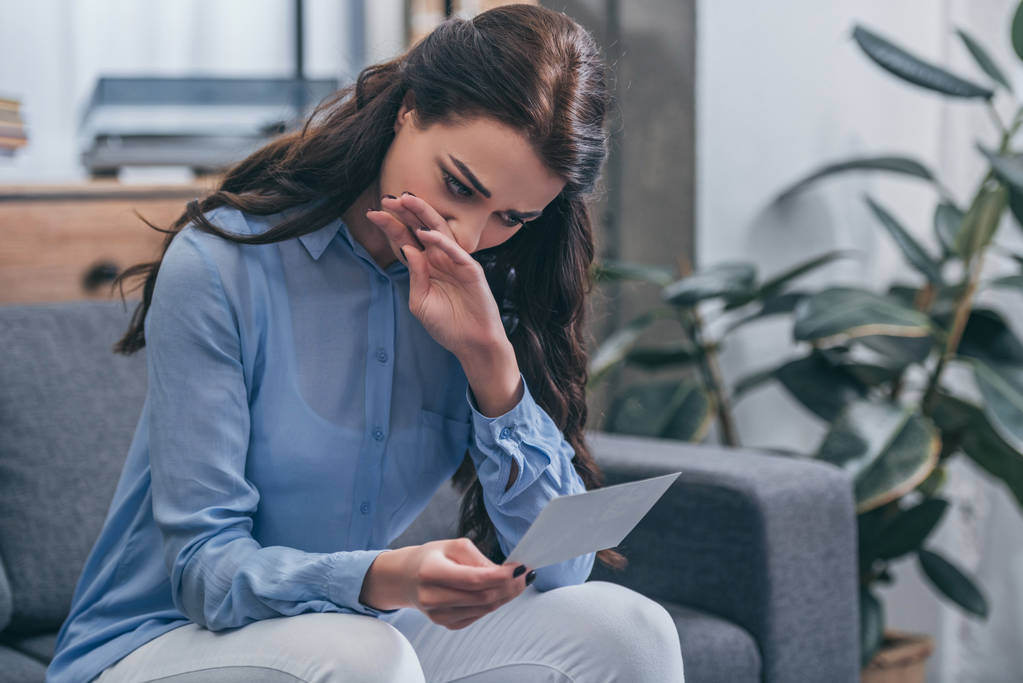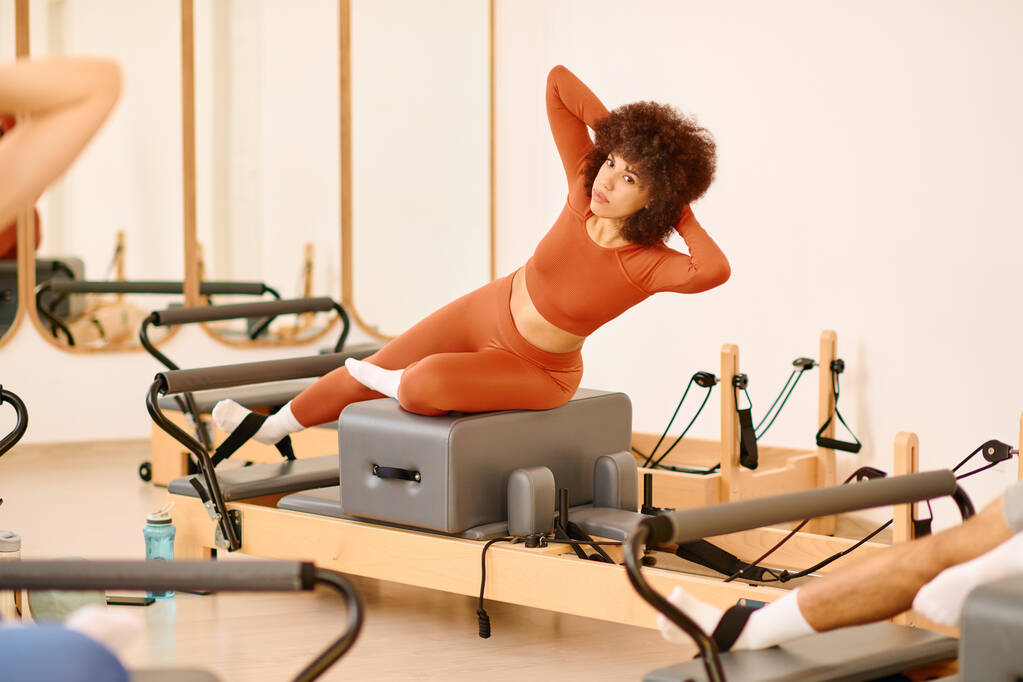The Ultimate Guide To Alternative Treatments for Anxiety

Anxiety is more than just feeling nervous. It’s a condition that can affect a person’s daily life, from work to relationships. While many turn to traditional methods like medication and therapy, others look for different approaches. This guide covers alternative treatments that might help manage anxiety in a simpler, more natural way. These methods can be used alone or along with conventional treatments. Each section includes helpful tips, real-life examples, and detailed information to support decision-making.
Understanding Anxiety First
Before trying new treatments, it’s helpful to understand anxiety clearly.
Types of Anxiety Disorders:
- Generalized Anxiety Disorder (GAD): Worrying often about everyday things.
- Panic Disorder: Sudden fear or panic attacks.
- Social Anxiety: Fear of social settings.
- Specific Phobias: Fear related to specific objects or situations.
- Obsessive-Compulsive Disorder (OCD): Repeating certain actions or thoughts.
- Post-Traumatic Stress Disorder (PTSD): Anxiety after traumatic events.
Common Symptoms:
| Mental Symptoms | Physical Symptoms |
|---|---|
| Racing thoughts | Rapid heartbeat |
| Fear or dread | Sweating |
| Difficulty focusing | Trembling or shaking |
| Restlessness | Shortness of breath |
Understanding the type and symptoms helps in picking the right alternative method.
Breathing Techniques That Really Work
Controlled breathing can calm the nervous system. Here are a few simple breathing methods:
1. Box Breathing:
- Inhale for 4 seconds
- Hold for 4 seconds
- Exhale for 4 seconds
- Hold for 4 seconds
2. 4-7-8 Method:
- Inhale for 4 seconds
- Hold for 7 seconds
- Exhale slowly for 8 seconds
3. Alternate Nostril Breathing: Close one nostril while breathing in and switch while breathing out. It helps balance brain activity.
Tips for Better Results:
- Practice daily
- Sit in a quiet place
- Combine with calming music if helpful
Herbal Remedies with Promising Effects
Plants have been used for centuries to calm nerves. Some have shown results in managing anxiety.
| Herb Name | How It Helps | How to Use |
| Chamomile | Can relax muscles and calm the mind | Drink as tea, use extract |
| Lavender | May lower stress levels | Use oil for scent or in bath |
| Ashwagandha | Supports stress hormones | Capsule or powder form |
| Lemon Balm | Might reduce anxiety symptoms | Tea, tincture, or supplement |
| Valerian Root | Often used for better sleep | Tea or capsule |
Expert Note: Dr. Lisa Marlow, a naturopathic doctor, states, “Herbs work best when taken consistently, and some need several weeks to take effect.”
Caution: Always check for interactions with any medication.
Foods That Calm the Mind
Food plays a major role in mental health. Eating the right way can help lessen anxiety.
Helpful Foods:
- Oats: Stabilize blood sugar
- Yogurt: Contains probiotics that support the gut-brain connection
- Salmon: Rich in omega-3 fats
- Spinach: Contains magnesium
- Dark Chocolate: May help release calming chemicals
Sample Meal Plan for Anxiety Reduction:
| Meal | Foods Included |
| Breakfast | Oats with banana and almond butter |
| Lunch | Salmon salad with leafy greens |
| Snack | Yogurt with berries |
| Dinner | Stir-fried tofu, brown rice, steamed broccoli |
Movement and Exercise Routines

Exercise helps the brain release feel-good chemicals. But not all exercise needs to be intense.
Best Exercises for Anxiety:
- Walking: Simple and accessible
- Yoga: Combines movement with breathing
- Swimming: Relaxing and improves mood
- Tai Chi: Slow movements with calm focus
- Strength Training: Builds physical confidence
Weekly Exercise Example:
| Day | Activity | Duration |
| Monday | Walk in nature | 30 mins |
| Tuesday | Gentle yoga at home | 20 mins |
| Wednesday | Rest day | – |
| Thursday | Swimming | 40 mins |
| Friday | Weight training | 25 mins |
| Saturday | Tai Chi session | 30 mins |
| Sunday | Nature walk or light stretching | 30 mins |
Tip: Doing what feels enjoyable increases the chances of sticking with it.
Mindfulness in Everyday Life

Mindfulness means focusing fully on the present. It teaches the brain not to react too quickly.
How to Practice Mindfulness:
- When brushing teeth, feel the texture and taste
- During meals, eat slowly without screens
- Sit quietly and notice sounds or smells
Simple Mindfulness Exercises:
| Practice Name | What To Do |
| Body Scan | Pay attention to body sensations |
| Five Senses Check-in | Notice one thing from each sense |
| Labeling Emotions | Name what you feel without judgment |
Quote from an Expert: “Even five minutes of being present can rewire the brain to reduce fear responses,” says therapist Marie Dalton.
The Role of Journaling
Writing thoughts down can help sort them. It can also show patterns over time.
Types of Journaling:
- Gratitude journal: Write 3 things you’re thankful for daily
- Mood tracker: Note how you feel each day
- Thought dump: Let all thoughts out on paper without filters
Journal Prompts to Try:
- What made me feel calm today?
- What thoughts repeat often?
- What did I do that helped me cope?
Tip: Handwriting often helps more than typing.
Aromatherapy and Scents
Smell affects the part of the brain that controls emotion. This is why scents can calm or energize.
Popular Essential Oils for Anxiety:
| Oil Name | Effect Felt | How To Use |
| Lavender | Soothing and calming | Diffuser, pillow spray |
| Bergamot | Lifts low moods | Diffuser or apply with carrier oil |
| Frankincense | Grounding and peaceful | Inhale directly or during meditation |
Safety Tip: Never apply oils directly to skin without mixing with another oil.
Cold Showers and Temperature Therapy
Changing body temperature affects mood. Some people find that cold water helps shift mental states.
How It Helps:
- Activates the vagus nerve (linked to calm state)
- Increases blood flow
- Releases endorphins
Ways to Try It:
- End showers with 30 seconds of cold water
- Dip face in cold water for 10 seconds
- Use cold packs on neck and wrists
Real-Life Tip: Many athletes use cold water after practice to help reset their mental state.
Sound and Music
Sounds can shape how we feel. Certain rhythms and frequencies soothe anxiety.
Useful Sounds:
- Nature sounds: Rain, waves, birds
- Binaural beats: Uses two tones to influence brainwaves
- Instrumental music: Piano or flute often relaxing
Where to Find Them:
- Free apps like Insight Timer or Calm
- YouTube search for “alpha waves” or “calm playlist”
Table: Type of Sound and Benefit
| Sound Type | Use For |
| Ocean Waves | Falling asleep easier |
| Piano Melodies | Working or journaling |
| Bird Songs | Starting the day calmly |
Reducing Digital Overload
Too much screen time adds to anxiety. Managing it can lead to better sleep and lower stress.
Steps to Reduce Screen Stress:
- Turn off notifications
- Avoid screens 1 hour before bed
- Use blue light filters
Offline Activities That Help:
- Reading a physical book
- Drawing or coloring
- Listening to audiobooks
Daily Tech Use Example Plan:
| Time | Activity |
| 8–9 AM | No phone use, light walk |
| 9–5 PM | Work screen use with breaks |
| 6–8 PM | Limit to 30 minutes of social media |
| 8–10 PM | No screen use, stretch or journal |
Healing Through Pets and Nature
Time spent with animals or in nature can slow the heart rate and promote calm.
How Animals Help:
- Petting dogs or cats lowers cortisol (a stress hormone)
- Animals provide distraction and comfort
Nature Helps By:
- Reducing noise and mental clutter
- Offering fresh air and sunlight
Tips:
- Try gardening
- Visit a park for 20 minutes
- Volunteer at an animal shelter
Finding What Works for You
Not every method works for everyone. It’s okay to try different things until you find what feels right. What’s important is making a habit of whatever helps.
Tips to Find the Right Fit:
- Try one method for 2–3 weeks before switching
- Track how it makes you feel
- Mix methods that support each other
Final Words from an Expert: “Alternative treatments are tools, not cures. But using them regularly can change how anxiety affects your life,” says wellness coach Jordan Fields.
Summary Table: What to Try and When
| Feeling or Situation | Try This Approach |
| Trouble falling asleep | Chamomile tea, slow breathing |
| Feeling overwhelmed | Nature walk, journaling |
| Can’t stop thinking | Mindfulness, aromatherapy |
| Low energy and anxiety | Cold shower, upbeat music |
By using simple tools and being patient with the process, managing anxiety can become less overwhelming and more about finding daily balance.
